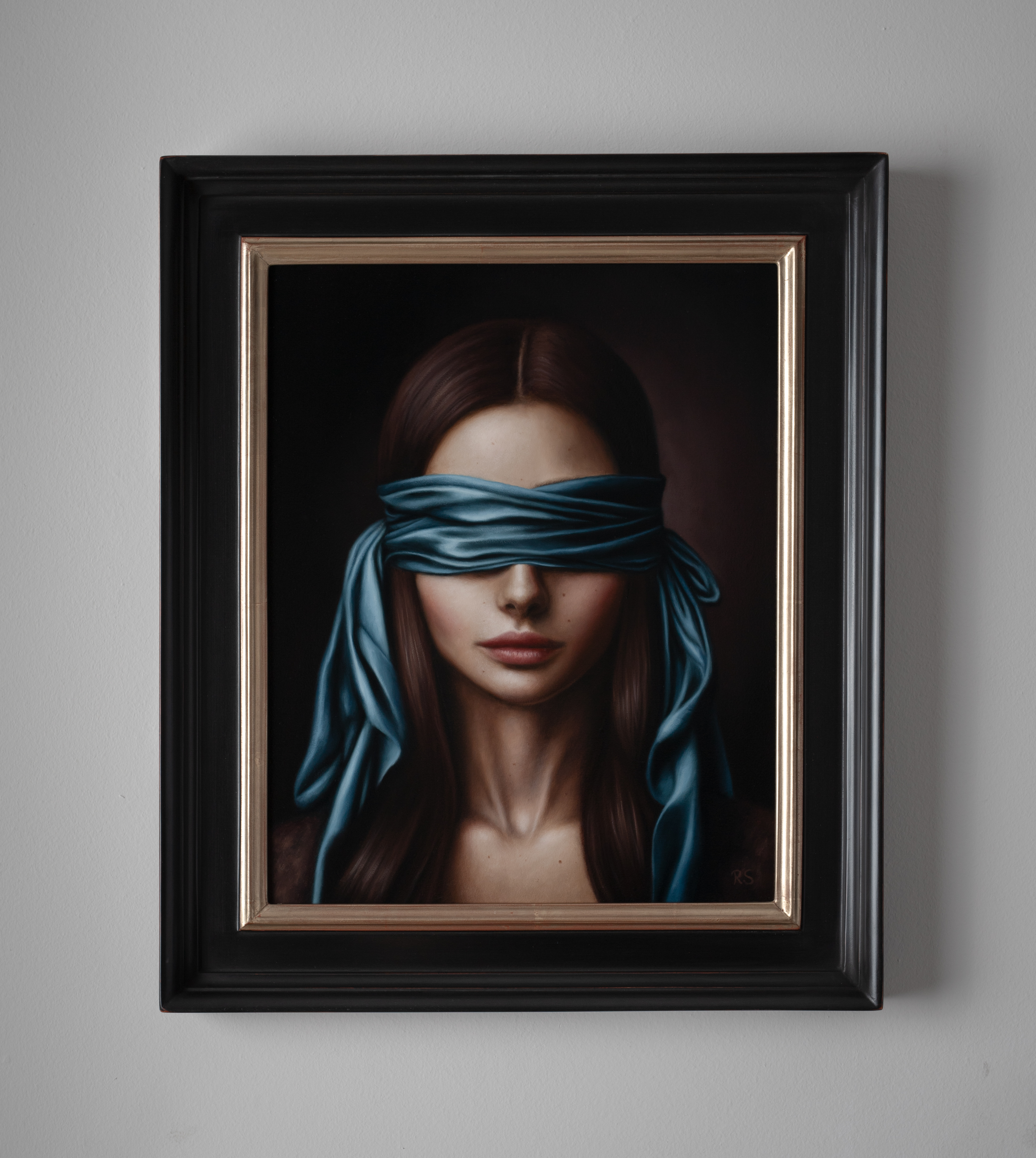
Dutch Frames Uncovered – More Than Just a Reverse Profile
When art collectors, conservators, or enthusiasts talk about a "Dutch frame," they’re usually picturing a very specific type of object: a dark, ebonized or stained wooden frame, often with a subtle inner gilded lip, featuring a profile that slopes outward — the so-called reverse profile. This image has taken root as the embodiment of Protestant modesty: the frame should complement the painting, not overshadow it. It’s the frame we associate with Rembrandt, Vermeer, and the masters of 17th-century Holland.
But is that image the whole truth?
Indeed, the reverse profile was popular in certain circles and fulfilled an optical function — drawing the viewer’s eye into the composition while avoiding glare from ambient light. However, historical Dutch framing practice was far more diverse than this one model suggests. The contemporary understanding of “Dutch style” is a distilled version of just one among many visual languages from the period.
Thanks to the in-depth typological study Repertorio della Cornice Europea by Roberto Lodi and Amedeo Montanari, we can examine authentic 17th-century frames from Holland (Olanda) and Flanders (Fiandre) — not from catalog photos or assumptions, but from carefully documented cross-sections and museum examples.
What do we find?
A rich spectrum of frames with box profiles, concave and convex mouldings, complex carving, rare materials like tortoiseshell, ivory, walnut burl, and bronze inlays. Many of them, notably, do not have reverse profiles.
For example:
- Frame no. 817 (Olanda, 17th century) shows an opulent construction in tortoiseshell and bronze with a flat or inward-sloping moulding.
- Frame no. 823 (Fiandre, 17th century) is a painted Passion frame with a completely flat façade and inset narrative scenes.
- Frame no. 828 (Olanda, 17th century) is baroque, scrollwork-heavy, and prominently convex in form — quite the opposite of modest.
What explains this wide stylistic variety?
The answer lies in the cultural and religious divide of the Netherlands. Northern Holland (Amsterdam, Haarlem, Delft) was predominantly Protestant and favored visual austerity. Southern Flanders (Antwerp, Bruges, Ghent), by contrast, was Catholic and more aligned with Baroque exuberance from Rome and Paris. Patronage played a significant role: bourgeois homes favored elegant restraint, whereas churches, courts, and collectors often commissioned ornate, gilded frames.
We must also remember that these frames served multiple settings:
- Homes: sober, dark-stained frames with or without gilded slips.
- Churches: grand, sculptural, gilded frames for altarpieces.
- Palaces: rare veneers, gilded ornaments, even pietra dura inlays.
- Private galleries: highly individual commissions, often blending styles.
So, while the “Dutch frame” with a reverse profile is beautiful and deeply rooted in historical precedent, it’s only one of many authentic interpretations from the Dutch Golden Age.
As a modern frame maker, I recreate Dutch-style frames with awareness and respect for tradition — but I also know the history is much more complex. When a client asks for a "Dutch frame," I clarify:
“Do you mean the dark, reverse-profile type made famous by Rembrandt’s time? Or would you like a historically accurate Dutch frame that may include inlays, painted decoration, or a convex contour?”
This approach doesn’t just honor historical truth — it empowers clients to make informed choices. Sometimes I even share images from Montanari’s documentation to illustrate the diversity.
What we call a “Dutch frame” today is a valuable standard — minimalist, functional, timeless. But history tells a broader story: Dutch and Flemish frames from the 1600s came in many forms, and each reflected the artistic, religious, and social context of its time.
For artisans, collectors, and museums alike, this means we should treat frames not just as borders — but as active participants in the visual narrative, with their own historical voice.